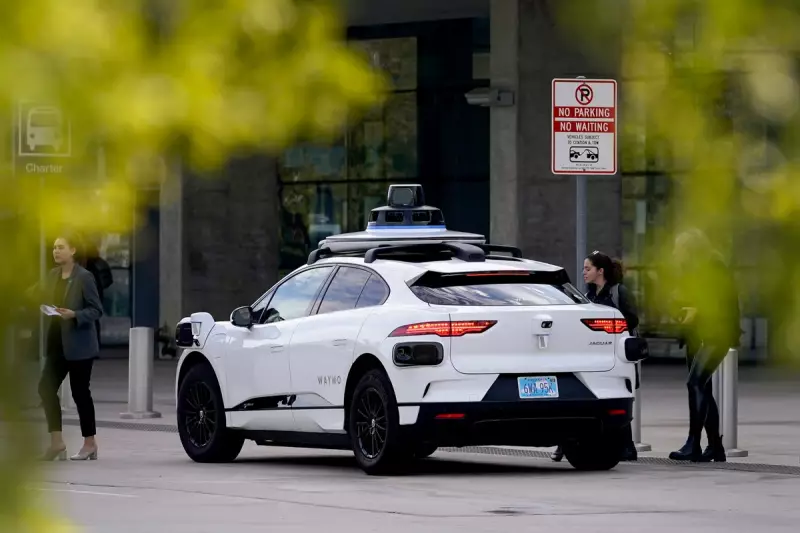
In a move set to transform urban mobility, New York City Mayor Eric Adams has thrown his weight behind the introduction of Waymo's fully autonomous ride-hailing service to the bustling streets of Manhattan. This landmark announcement signals one of the most significant expansions for the Alphabet-owned company since its inception.
The pioneering driverless taxi service, which has already seen successful deployment in sun-drenched cities like Phoenix and San Francisco, is now poised to tackle one of the world's most complex and congested urban environments. Mayor Adams' endorsement represents a crucial political victory for the autonomous vehicle industry, which has faced regulatory hurdles and public scepticism in various markets.
Navigating the Urban Jungle
Manhattan presents a unique challenge for autonomous vehicle technology with its dense population, erratic pedestrian behaviour, unpredictable weather conditions, and complex traffic patterns. Waymo's technology will be put to the ultimate test in this demanding environment, where split-second decisions can mean the difference between smooth operation and gridlock.
The company's vehicles rely on a sophisticated array of sensors, cameras, and artificial intelligence to navigate roads without human intervention. Their performance in relatively straightforward environments like Phoenix has been impressive, but Manhattan's chaotic streets will provide the ultimate proving ground for the technology's maturity and reliability.
Regulatory Roadmap and Public Acceptance
While Mayor Adams has expressed enthusiasm for the project, the rollout will still require careful navigation of New York's regulatory landscape. The state government maintains significant control over transportation policy, meaning Waymo will need approvals beyond the city level before passengers can hail a driverless ride through the borough.
Public acceptance remains another critical hurdle. The introduction of autonomous vehicles in other cities has sometimes met with resistance from residents concerned about safety, job displacement for human drivers, and the technology's readiness for complex urban environments. Waymo and city officials will need to address these concerns through transparent communication and demonstrable safety records.
This development places New York at the forefront of transportation innovation, potentially setting a precedent for other major cities considering autonomous vehicle integration. As Waymo prepares to bring its robotaxi service to the Big Apple, the world will be watching to see how driverless technology fares in one of the most demanding urban laboratories on Earth.




